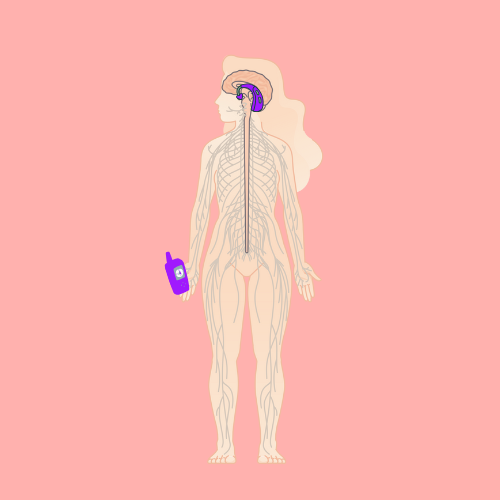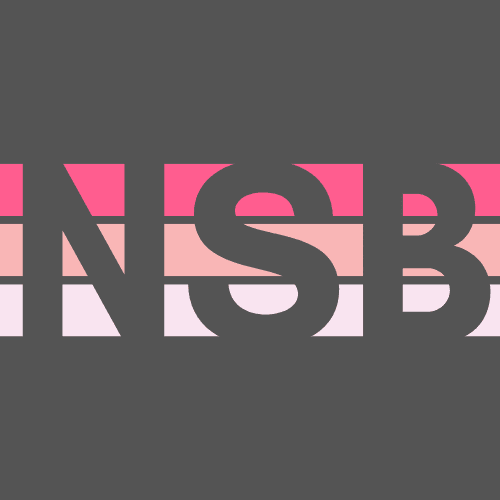Vagus nerve stimulation devices consists of a vagus nerve stimulator (pulse generator) device and a wire lead (insulated wire) with electrodes at the end of the wire.
Vagus nerve stimulation devices involve implanting a device that sends regular, mild pulses of electrical energy to your brainstem through your vagus nerve in your neck.
After reaching your brainstem, the electrical charge is discharged to different areas of your brain to change the way brain cells work.
Reduced stress, anxiety relief, and better sleep are just a few benefits linked to vagus nerve stimulation. This connection is driving more people toward specialised devices designed to activate this vital nerve. The main uses are:
- Severe depression, if other treatments have not helped
- Epilepsy
Brands of Vagus Nerve Stimulation Devices
Pulsetto
Apollo
Sensate
TVNS
Your vagus nerve is one of 12 pairs of cranial nerves that send electrical signals between your brain and different parts of your neck, head and torso. They control many of your body’s functions.
Your vagus nerve is cranial nerve X (10) and is the longest cranial nerve.
You have one vagus nerve on each side of your body. Both start at your brainstem and pass through your neck to your chest and abdomen.
Your vagus nerve is part of a circuit that links your neck, heart, lungs and abdomen to your brain.
The National Institute for Health and Care Excellence (NICE) recommends using VNS for treatment-resistant depression. But their guidelines state that it should only happen with certain conditions, including the following:
- Your doctor should talk to you about the procedure, including any risks or side effects. This is so that you can give informed consent to have the treatment.
- After having the procedure, you should have regular check-ups with your doctor to see if the treatment is working or causing any problems.
Do we need a device to stimulate the vagus nerve?
Vagus nerve stimulation can be a tool you use during any moment you need to de-stress.
How to calm the vagus nerve
The quickest way to calm the vagus nerve is to splash cold water on the face.
Gargling
Gargle with water in the morning and evening when you brush your teeth. Aim for 30 seconds to one minute. This is a great way to calm the vagus nerve since the throat is engaged in gargling.
Box Breath (Also called a square breath)
Inhale for a count of 4, hold for a count of 4, exhale for a count of 4, hold for a count of 4. Repeat as many times as you need. Deep breathing tricks your body into thinking, “I can’t possibly be running for my life if I’m breathing this slowly.”
Singing
Doesn’t matter if you can carry a tune (or make dogs howl with your pitch), turn on your favorite song and belt it out. Interestingly, the slower you sing, the better it is for your vagus nerve. A 2022 study found slow, controlled singing positiveely impacted overall stress levels and the vagus nerve.
Om-ing
Yes, the same om associated with yoga practice . Sitting in a quiet space, chant a long “om.” You should feel a vibration around the ears, which will connect to the vagus nerve. A study in the International Journal of Yoga found that chanting ‘om’ was helpful in deactivating certain parts of the limbic system in the brain involved in stress and emotional responses, such as the amygdala.
Laughing
Watch a funny TV show or movie and actually LOL at the funny parts. Or, get together with that friend who you always get slapstick-happy with to get in an extra good guffaw. A 2022 study outlined laughter’s various benefits, including calming the vagus nerve.
The vagus nerve has various pressure points on the neck and ear can impact the vagus nerve. To massage these pressure points, gently rub the top of your earlobe, the base where your ear and jaw connect, and along your neck.



